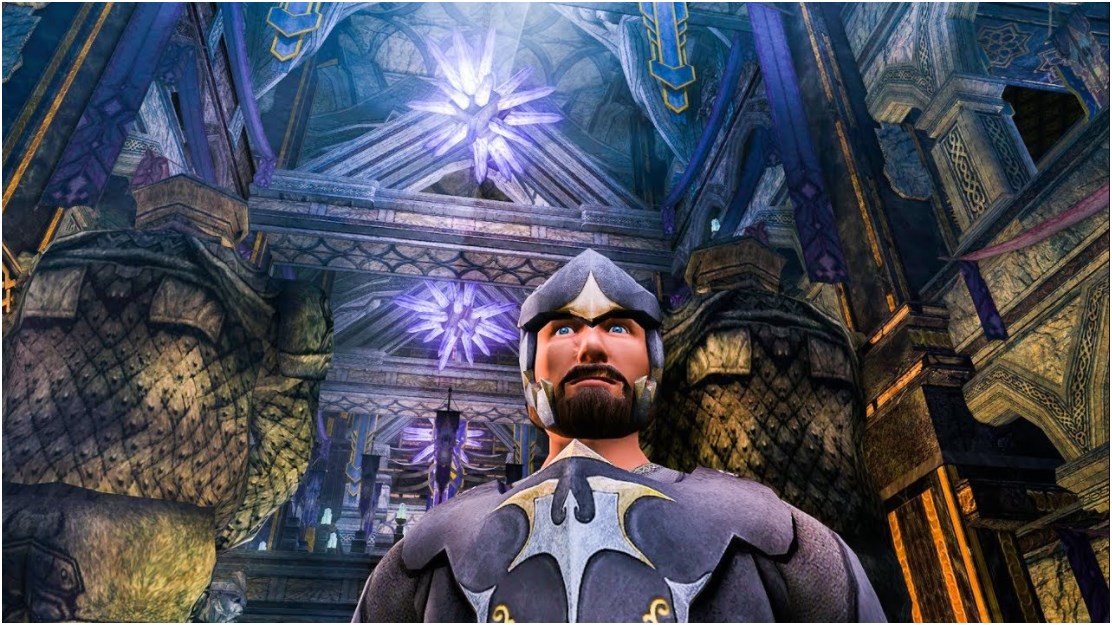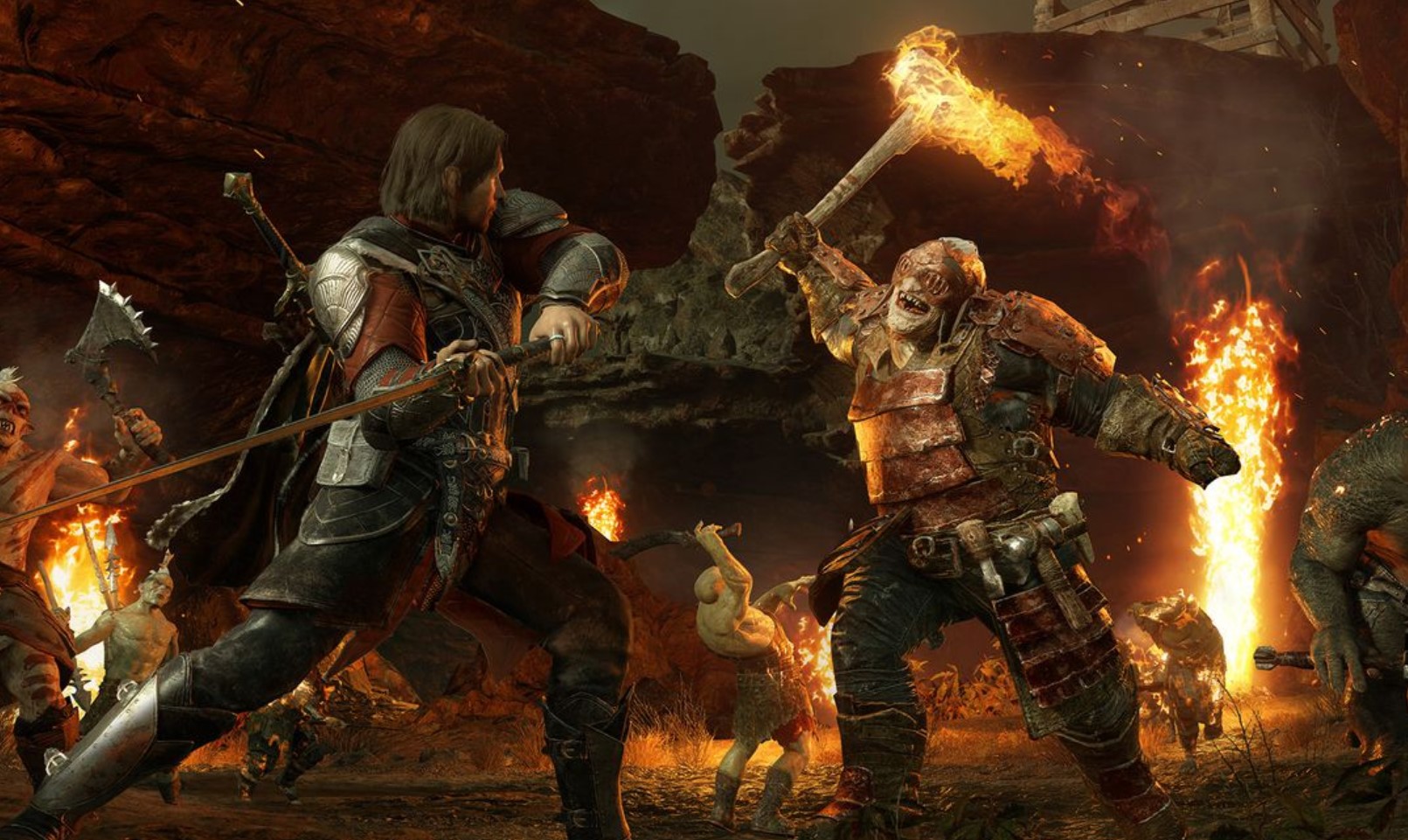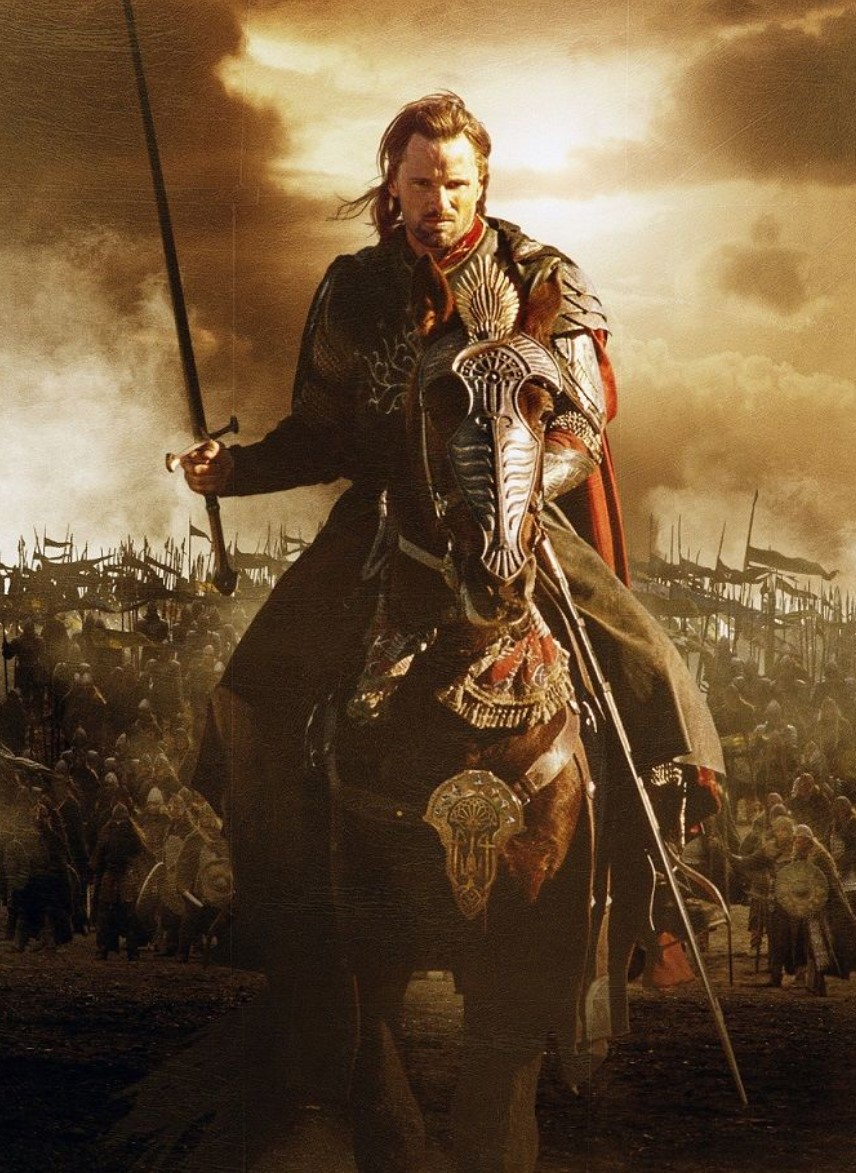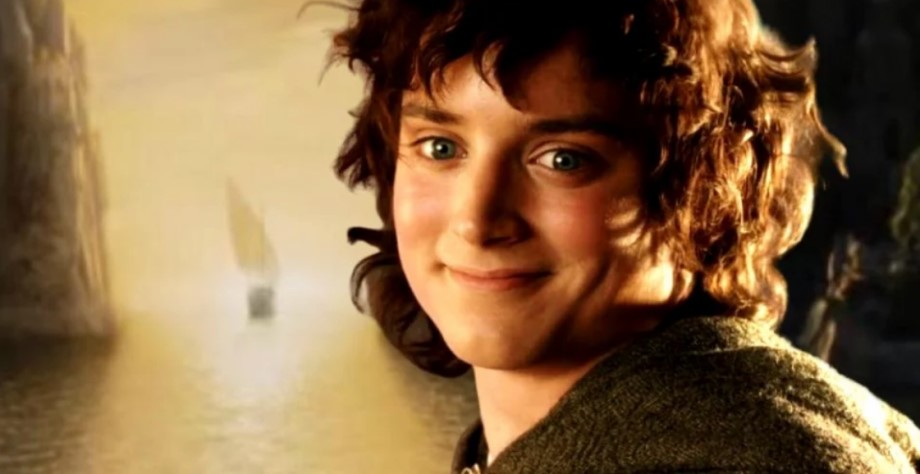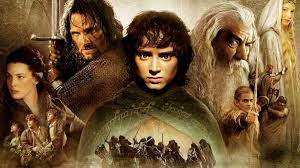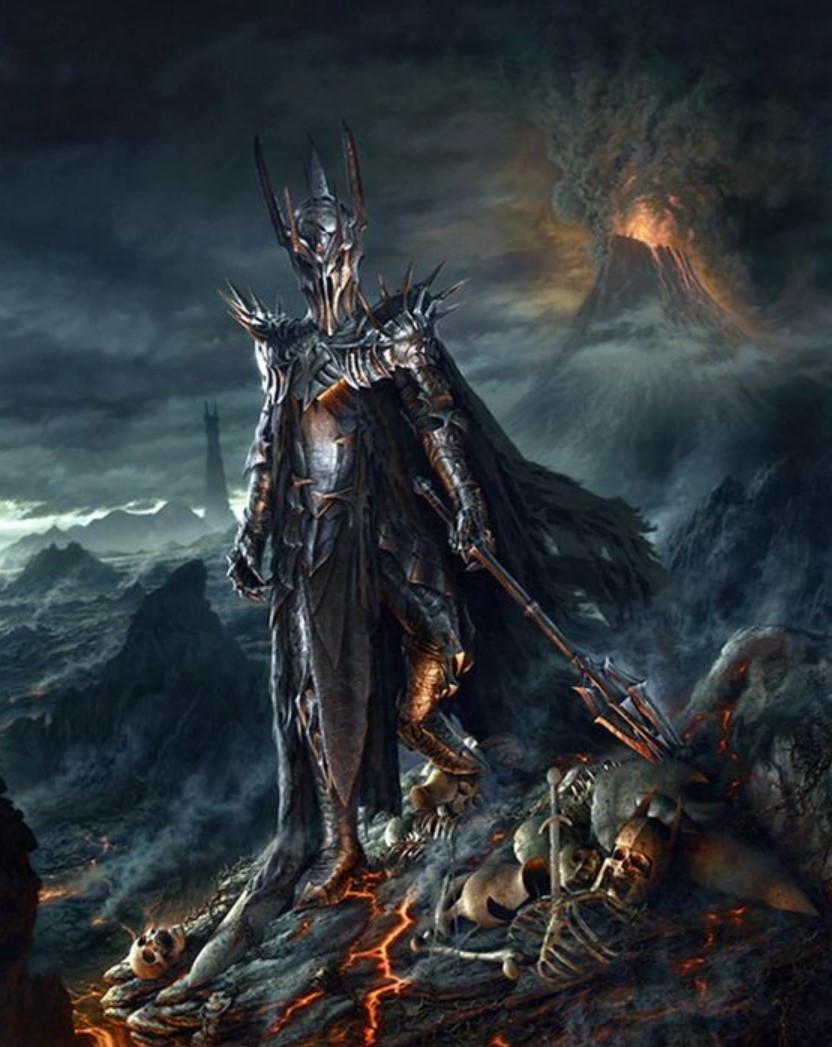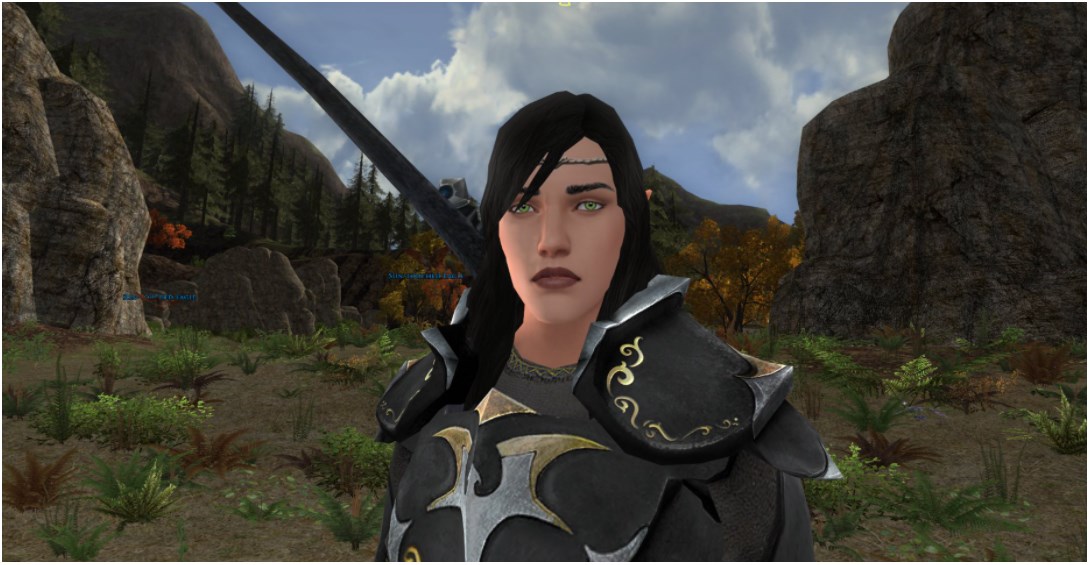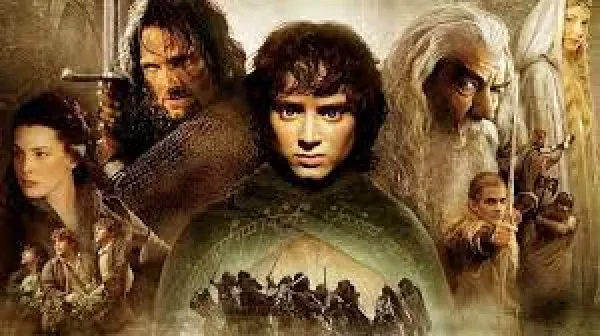
This may come as a shock, but (while incredibly loyal to the source material) the Lord of the Rings movies do in fact deviate from the books at a few key parts. Whether these constitute blatant blasphemy or serve to expedite the plot is a debate for the ages. If you simply do not have the time to sludge through over a thousand pages of Lord of the Rings lore (respectable) but are curious about what you may have missed, below is a list of some of the top differences between the LOTR movies and books.
10. The Eye of Sauron
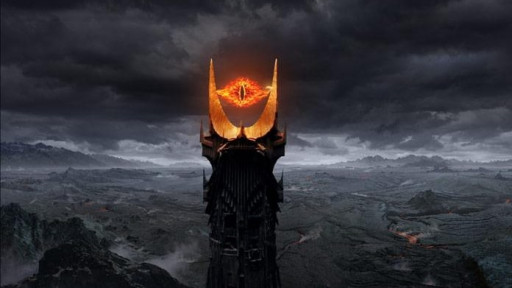
How fearsome can a floating eye really be?
The Eye of Sauron. A tower holding a blazing red eye that searches the realms for the Ring that calls its name. The iconic image emblazoned upon movie posters and DVD cases. Anyone who’s ever seen even the smallest snippet of the LOTR movies is familiar with the image.
However, the iconic Eye is nowhere to be physically seen in the LOTR books. While referred to as an all-seeing entity and referenced as having a “piercing red glow” in The Return of the King, Sauron’s Eye is understood to be a metaphor of his grandiose and all-encompassing power rather than a literal translation of the body of Sauron.
9. Gollum’s Defeat
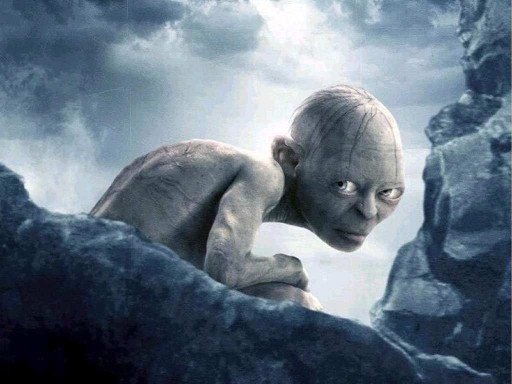
Evil or misunderstood? I'd be grumpy from eating raw fish all the time too.
The movie paints the final destruction of the ring as a dramatic, cinematic masterpiece. Gollum, in true characterization, bites the ring off of Frodo’s finger (yum) and dances about in celebration. The camera shows Frodo mustering his strength just enough to push an off-kilter Gollum off the cliff and into the fires of Mount Doom. What follows is an increasingly dramatic sequence wherein Sam promises to never let go of Frodo, and convinces Frodo (who’d been drastically losing hope of ever making it out of the journey alive) that it is worth it to just hold on.
While not nearly as classically dramatic, and indeed erring more on the side of dramatic irony, in the LOTR books, Gollum, while jumping around in jubilant celebration, simply loses his footing and falls off the cliff himself, the assist from Frodo unnecessary.
8. Sam’s Abandonment
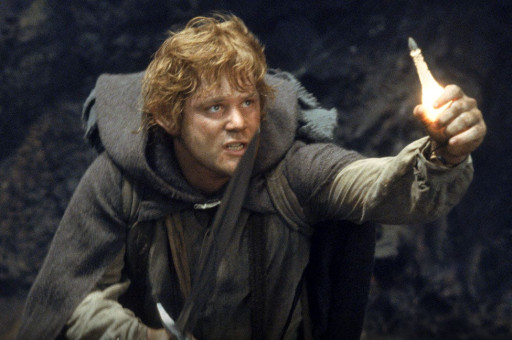
Poor ol' Samise Gamgee, never catching a break.
In a movie and book moment that enraged fans everywhere, Frodo gives in to the whispering of the ring and Gollum’s counsel, and casts Sam out to complete the journey by himself. In the movie, this happens before they ever enter the passage of Cirith Ungol, resulting in Frodo facing off against the guardian of the passage all by himself, with Sam staging a courageous rescue.
In the books, Frodo and Sam brave the passage together, and it is only after Frodo is taken to the Tower of Cirith Ungol that they part ways.
7. Arwen vs Glorfindel
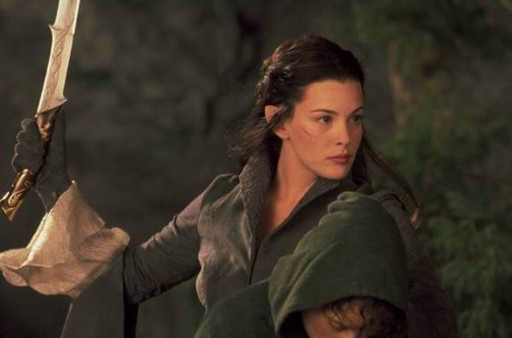
A Lord or Lady to the rescue?
In The Fellowship of the Ring, Frodo gets stabbed by a Nazgul’s sword and is seemingly doomed to fade away into the cold embrace of death when the appearance of an Elf brings him the help and guidance to Rivendell he so desperately needs. Fans of the movie know this is our introduction to Arwen, who bravely wards off the intruders to ride with Frodo to the gates of Rivendell safely. In the book, this is an elf by the name of Glorfindel, who sends his horse with Frodo to safety.
6. Tom Bombadil
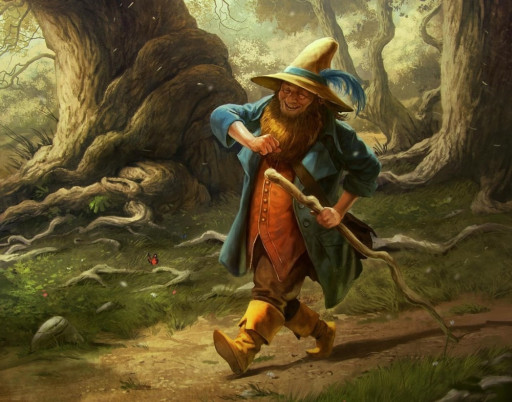
What a jolly little fellow. He has no idea he's been cut from the show.
Tom Bambadil is a character that appears in The Fellowship of the Ring book, but never appears in the movie. After saving the crew in the Old Forest (mentioned further in point two below), the hobbits spend two days in Tom Bambadil’s house, where they learn that he is both resistant to the pull of the Ring, and has the power to still see Frodo after he puts the ring on.
5. Quest Timing
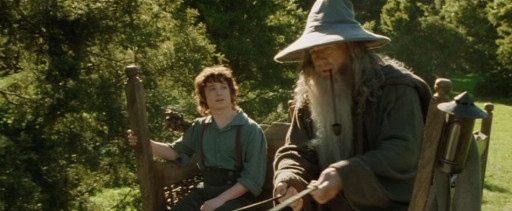
Has it been days or years?
The Fellowship of the Ring begins with preparations for Bilbo’s eleventy-first birthday party, after which he disappears into thin air to go on another adventure. Before he leaves the Shire, he leaves his nephew Frodo the Ring, which kickstarts the events of both the movies and the books.
In the books, seventeen years pass between the events of Bilbo’s birthday and the beginning of the quest. While it is implied that some time has passed in the movies as well (and the argument can be made that the Ring began slowing Frodo’s aging process) it seems clear by looking at the ages of Merry, Pippin, and Sam, that not nearly seventeen whole years have progressed since the festivities.
4. The Hobbit’s Ages
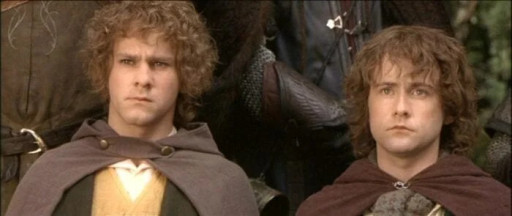
Frodo's looking spritely for fifty.
In the movies, it is implied that the hobbits are all fairly close together in age. They hang out together as close as same-age friends, wear similar style clothing, and generally look to be close in age. In the books, however, they have more of an age gap. Frodo was the oldest at fifty years old (still spry for the slower-aging hobbits), Sam was thirty-eight, Merry was thirty-six, and Pippin clocks in as the youngest at twenty-eight years old (a child by hobbit terms, having not passed the coming-of-age mark of thirty-three years old).
3. Aragorn’s Sword
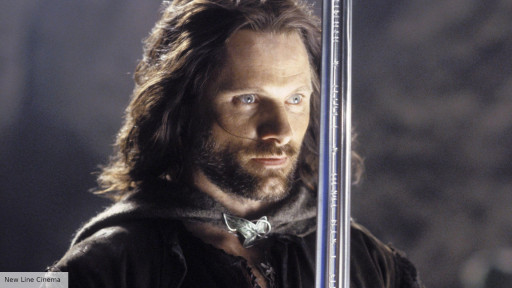
What a pretty sword - but who made it?
It’s the Return of the King, Gimli, Legolas, and Aragorn are camping with the Rohan in preparation to join the battle at Minas Tirith, and Elrond gallops into the camp with the newly reforged Sword of Elendil. In a moment of symbolism, Elrond passes the blade to Aragorn, who will need it to ride forth and summon the Army of the Dead.
Readers of the books may find themselves confused upon reaching the reforging of the Sword of Elendil at the beginning of the journey rather than at the end. In the books, the sword is reforged in The Fellowship, before they leave Rivendell. Elven smiths reforge the sword for Aragorn, who renames it Andúril, Flame of the West.
2. The Beginning
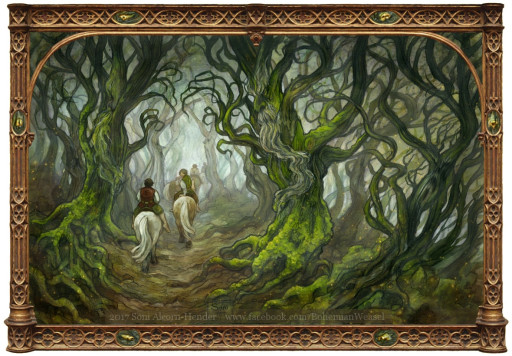
A forest that slumbers - surely not interesting enough for the big screen.
With a literary work that spans over 1,191 pages, it is no wonder that certain scenes needed to be cut from the storyline in favor of expediting the plot. With the hope of appealing to both die hard fans and a more general audience, things needed to be cut for the sake of clarity and efficiency.
With this in mind, much of the beginning of the Hobbit’s journey is cut from the movies, including their trek to Bre through the Old Forest and their subsequent interaction with Tom Bombadil. As the hobbits travel through the Old Forest, they share stories about trees so old that they were thought to have been sentient once upon a time - foreshadowing for an encounter with the Ents later on.
1. The Ending
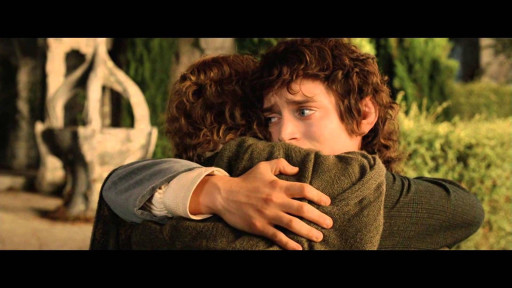
As all good things must do, but it is up to the directors as to how.
Much like the above, it is recognized that not everything could have made it into the final movie production. An area of contention here is the ending of the books. In the movies, Frodo destroys the ring and escapes the erupting Mount Doom with the help of Sam, Gandalf, and the Giant Eagles. They are reunited with the rest of the party in Minas Tirith where Aragorn is crowned king, and they eventually meander their way back to the Shire where they celebrate with a pint of ale. Sam gets married to Rosie Cotton, Merry and Pippin set off on an adventure, and Frodo sails off into the sunset with Bilbo in a typical cinematic happy (and slightly bittersweet) ending for all.
In the books, the return to the Shire is a bit more complicated. Expecting to be lauded as heroes upon their return, the hobbits come to find the Shire has been taken over by Saruman and Wormtongue. The hobbits manage to band together to retake the shire and still have their happy ending, but the emotional toll of having the war affect their homeland gives the ending a different taste than the movie version.


